|
Reminds us of: NEU, Can, Faust, Hawkwind, Kikagaku Moyo, Loop Links to music/references in blue According to Wikipedia, ‘Krautrock is a broad genre of experimental rock that developed in West Germany in the late 1960s and early 1970s among bands that blended elements of psychedelic rock and various avant garde influences. These artists largely distanced themselves from the blues influences and song structure of traditional Anglo-American rock music instead utilizing hypnotic rhythms, tape music techniques, and early synthesizers. The term "krautrock" was coined by British music journalists in the early 1970s as a humorous umbrella label for the diverse German scene though many so-labelled artists disliked the term. The period contributed to the development of ambient music and techno and influenced subsequent genres such as post punk, new age music and post rock’. If you go to Minami Deutsch’s social media accounts, you’ll see their very short but to the point description of their music: ‘Japanese Krautrock’. It’s a clever description, as the genre encompasses so much variation and creativity and doesn’t tie them down to any particular sound, and they do it very well.
The band were formed in 2014 and the name translates literally as ‘South Germany’. At the heart of their sound is repetition and their excellent music drifts from instrumental pieces to vocal tracks mainly sung in Japanese. Their self-titled first album was released in 2016, and it’s very much awash with the Motorik beat that’s so associated with Krautrock or Komische Music overall. You can listen to the whole album here and I recommend that you do, as it’s great. You should be well into by the end of track 2 ‘Futsu Ni Ikirenai’ especially with that wonderful fuzz guitar that lights up the end of it. Second album ‘With Dim Light’ was released last year and sees their sound evolve further – in addition to their love of Krautrock the band also like a bit of techno and seventies funk, with the latter influence prevalent in opening track Concrete Ocean. Tangled Yarn, Bitter Moon and Don't Wanna Go Back take more of a psyche rock direction with the remaining two tracks Tunnel and I've seen a ufo reverting back to Motorik. It’s all good though, and pretty immediate like its predecessor so do dig in. The band returned early this year with the Live at Roadburn EP, which has ex Can vocalist Damo Suzuki warbling freeform over it. The music is very good of course, but Suzuki ruins it for me – at times he sounds like he’s commentating on horse racing. Also (just) released this year is the Can’t Get There EP, with lead track ‘Can’t get there’ available in three mixes – a Psychedelic original, a techno take by Mytholgen and a beatsy version by Jamie Paton. I’m less partial to the Paton version but the others are very good. The EP also has Israeli Blues which they themselves have described as ‘cold funk’ (and who am I to disagree?) and Nishi No Jiku which takes a while to warm up but when it does you get that glorious blast of fuzz again. I’d love to tell you how good they are live, but I’ve not seen them yet and they have decided to play over here when I’m on holiday (grrrr) so I won’t get the chance. Apparently they’re very entertaining though, so check them out if you can. I’ve put the dates in the gigs page of the site.
0 Comments
It's funny how things can change in the blink of an eye; one minute I’m in a seedy club bemoaning the cost of a lager and getting more and more annoyed that the artist that I’ve paid a lot of money to see still hasn’t made it on to stage, and the next I’ve had a great night watching probably the best front man rock music has to offer, who has just announced to a packed club that he loves my shirt. Perry Farrell’s Kind Heaven Orchestra released their first album at the start of June. Two UK dates were scheduled in the UK to promote the album, both at a nightclub called The Box. The pricing for these gigs has been controversial: initially to stand you had to pay £193 a head, or you could have a private booth at £315 per head. Given the uproar on social media, the pricing was changed to £65 per head (including fees) but the booth prices stayed the same. £65 is still a lot of cash to pay to see an artist, but Perry does put on one hell of a show and only plays over here once in a blue moon, so we thought it would probably be worth it. The club itself used to be the Raymond Revuebar, a theatre and strip club which was once the only venue in London that offered full frontal nudity, and used to refer itself as ‘The World Centre of Erotic Entertainment’. The Raymond Revuebar closed down in 2004 and after a couple of changes of ownership became the Box in 2011. In its current iteration the Box has been referred to as ‘Britain’s seediest VIP club’ with sexually explicit cabaret and Burlesque shows. If you have a look at the website you’ll get a flavour and a quick look at its page on Wikipedia may pique your interest in ‘Laqueefa’. Walking in to the club felt seedy, standing in the club felt seedy. Going to the toilet even felt seedy, as the loos are positioned near a set of stairs and an entrance that says ‘Sex’. We certainly felt a bit soiled after buying drinks too - £9.50 for a bottle of beer (less than half a pint) or £17 for a spirit and mixer anyone? It’s obviously no surprise that Perry Farrell should choose to play here – for as long as I can remember his shows (with Janes Addiction or Porno for Pyros) have always had a bit of sleaze and cabaret associated with them, dancing girls, fire eaters and all that. So despite the toppy prices however you knew were going to get properly entertained, and that was certainly the case. The band finally appeared at 9.30, kicking off with ‘On the Beach’ from Jane's Addictions second album ‘Nothing’s Shocking’. Most of the new album got played alongside a few more old Jane's tracks (Mountain Song, Jane Says, Stop) and a couple of Porno for Pyros tunes too (Tahitian Moon and Pets). While Etty Farrell tried in vain to keep her herself in her top, Perry Farrell (of course) prowled around the room and along the catwalk, ever the showman delighting his audience. In between the songs he plied us with his trademark banter and naturally everyone was captivated. Naturally there was cabaret: a lady carrying a live snake round her neck and allowing it to slither around her mouth as Farrell sung close by. The same lady then disrobed into her underwear, attached herself to an overhead harness and began twirling around to Tahitian Moon. Two acrobats then did their thing, followed by another scantily clad woman who had her hands tied and was twirled around by a seedy looking bloke. Not your normal rock gig by any stretch of the imagination! So was it worth the hefty entrance fee? I’d say so, it was a brilliant show and to cap it off right at the end Perry Farrell pointed to me and said ‘I want that shirt, that’s a great shirt’ so naturally I felt honoured! He is undoubtedly the best front man I’ve ever seen, and he has such an amazing presence on stage that you can’t help but enjoy yourself.
Reminds us of: Gang of Four, Foals, Echo and the Bunnymen, Wire, The Fall, Joy Division A few years ago I read a book by Simon Reynolds called ‘Rip It Up and Start Again: Postpunk 1978- 1984’. It was quite a good read, and as I finished each chapter I’d jump online to listen to the bands mentioned if I they weren’t familiar to my earbuds. The band that I remember most from this was Gang of Four, and in particular the ‘Entertainment’ album, which is pretty damn marvellous. Egyptian Blue sound like the Gang of Four from that period, which makes them pretty marvellous too. The band come from the Essex/Suffolk borders, but reside in Brighton. I’m also an Essex émigré, as are a lot of my friends, and who can blame them for heading for Brighton? There seems to be a burgeoning music scene growing down there with a number of other exciting prospects emerging, including noiseniks Happy Couple, whose lead singer Lena Pilshofer produced the artwork for Egyptian Blue’s singles. Over the last year the band have released three singles digitally, with all three songs alongside another forming a proper vinyl EP ‘Collateral Damage’. The lead track from that EP was To Be Felt which was the one that brought them to my attention in the first place and has garnered a lot of positive media reaction, and this attention has subsequently been built on by the other two releases Collateral and Contain It, both of whom have made it on to the Radio 6 playlist. All the tracks on the EP are excellent (the EP is completed by Adderall). The guitars judder and occasionally jangle, the bass is inventive, the drumming is tight and powerful and the dual vocalists complement each other well. It feels like each song has gone through a lengthy process of refinement to get to its finished state. The band have indeed erased all of their earlier releases, such as ‘Cut Me a Hole’ which is understandable as that output does not compare favourably to this EP.
The band have toured extensively with fellow bright new things The Murder Capital, and I had the pleasure of seeing their set at All Points East earlier this year. Despite looking a bit serious throughout I thought they played a blinding set, and the quality of material over the half an hour or so that they played certainly suggests that there’s more good stuff from them to come. I’m certainly looking forward to catching them at their headline gig at the Servants Quarters in October. Reminds us of: Air, Ballistic Brothers, Broadcast, Skalpel, Fragile State, Kruder and Dorfmeister, Stereolab, Saint Etienne, Skylab, Lemonjelly
Links to songs in blue. Amidst the explosion of dance music in the 1990s, chill-out music blossomed, designed to aid the come down from the full on clubbing experience. Although ambient music from the likes of Eno, Harold Budd, Laraaji and so on had been around for quite some time, it was the KLF who started to integrate club sounds through their ‘Chill Out’ and ‘Space’ albums, with artists like the Orb following suit. As dance music diversified, incorporating a range of different influences, so did chill out, creating lounge, trip hop, downtempo and so on. Compilation albums like the Rebirth of Cool showcased acts that embraced jazz, dub, Latin and more, and compilation series like ‘Back to mine’ and DJ Kicks series saw DJ’s putting contemporary downtempo artists alongside easy listening tunes from the 1960s and 1970s. It’s this melting pot of influences that I’m most reminded of when listening to Vanishing Twin’s music, and it is rather wonderful. Vanishing Twin syndrome refers to a process called fetal resorportion whereby the embryo of one twin is absorbed into the other twin, which happens in about 30% of all twin pregnancies. Lead singer of Vanishing twin the band Cathy Lucas found out that she was the twin that survived when she was 12, and sings about this on the first track of their debut album ‘Choose Your Own Adventure’. Vanishing Twin is a coming together of a number of notable musicians in their own right. Cathy was formally a member of Fanfarlo, and also recorded an album as Orlando with Tomaga a year ahead of Vanishing Twin’s debut. Valentina Magaletti played in Fanfarlo, Tomaga and Neon Neon, Susumu Mukai records as Zongamin, Phil MFU as Man From Uranus and Broadcast, and they are joined by Elliot Arndt. Most of these artists create pretty experimental stuff on their own, but together seem to curb their excesses and make music that is very accessible, albeit pleasantly eccentric and quirky. Vanishing Twin Syndrome kicks off that debut album, a song in two parts – the first jazzy psychedelia slightly reminiscent of ‘The State I’m in’ by Josefin Ohrn and the Liberation and the second like ’93 aka Don’t Stop Me Now’ by Lemonjelly. Telescope, The Conservation of Energy and It Sends My Heart Into a Spin channel that sixties pop psychedelia sound with the latter two reminiscent of Air, with the rest of the album navigating its way through some pretty experimental but also very listenable and cool sounds. It’s a fine record. A six song EP followed a year later in 2017 in the shape of Dream By Numbers with five new songs plus one from the debut album. Again all good tunes, all slightly experimental and in places you feel as though you could be watching a trippy independent film from the 1960s. New album ‘The Age of Immunology’ was released last month, and is of a similarly high standard to its predecessors. Lead single KRK (At Home In Strange Places) kicks off the album combining the jazziness of Skalpel and Kruder and Dorfmeister with a vocal that sounds similar to Skylab’s Fragment. Wise Children floats dreamily into psychedelic territory before we back into filmic Lalo Schifrin mode with Cryogenic Suspension May Save Your Life. You are not an Island reminds me of an other-worldly Nick Drake, and then we float off again with the albums’ title track. The breezy Magician's Success is next – quite Saint Etienne poppy, and then we get Planete Sauvage with its vocals sung in French to a jazzy beat, accompanied by noises that are remarkably similar to the Moon Up mix of Can’s Pnoom. The rest of the album twists and turns into ever more interesting territory with Backstroke and the lush Invisible World before closing with Language is a City. All in all its brilliant stuff, quite unique and yet somehow reminiscent of so many things. Reminds us of: Suicide, Nico, The Velvet Underground, Goldfrapp, Siouxsie and the Banshees, Spiritualised, Can, Stereolab, Broadcast, Mazzy Star
Links to tracks in blue Since I started this blog in March 2019, I’ve vigorously used social media to promote the content. The aim has been to say nice things about people that make good music, and probably the most satisfying part of doing this comes when the artist acknowledges the post. The most appreciative people are without doubt all those associated with Rocket Recordings, which only makes me like them even more. Josefin Ohrn and the Liberation are part of the Rocket Recordings roster, originally from Sweden but now based in London, they make damn fine music, and from my interactions with them on social media they seem like very nice people too. As is often the case with me, my first exposure to the band was via their latest album ‘Sacred Dreams’. Having been suitable impressed by what I heard, I was encouraged to steadily work my way through their back catalogue, which has been an enjoyable experience that I’d thoroughly recommend. Latest album ‘Sacred Dreams’ was released in April this year, and kicks off with the track that I first heard of theirs Feel the Sun, a lovely bit of psychedelic pop. The album twists and turns through a variety of genres - from the Goldfrapp like electronica of I Can Feel It and Desire to Velvets style 60s pop like Hey Little Boy and ‘Caramel Head’ to the T-Rex glam of Baby Come On and the Suicide-esque Whatever You Want. It’s not perfect, and could probably have done with a couple of songs being left off, but it is none the less a very good album, and probably the most accessible of the three produced so far. Far nearer to perfection are the previous two albums, Horse Dance and Mirage. The pick of these for me is Mirage, which starts with the excellent The State I'm In – all trippy organ and driving 60’s psych. Sister Green Eyes, follows, and then we get into Suicide territory with In Madrid and Rainbow Lollipop, with the latter building nicely over whispered vocals. Endless Ocean takes us into Nico and the Velvets/Spiritualised territory before we head off into the realms of Krautrock with Looking for You and Rushing Through My Mind and album closer Imagine You, with the experimental Circular Motion and psych pop Where I'm Going in between. I really can’t fault this album, it’s superb. Debut album ‘Horse Dance’ was released in 2015 to widespread critical acclaim. The band use the mostly one chord drone effect well throughout, switching between the driving psych rock of Dunes, Green Blue Fields and Talk , and Krautrock like Sanity and Take Me Beyond interspersed with more experimental tracks like Horse Dance. Overall it’s an impressive listen, with the spirit of Alan Vega strong throughout. First EP Diamond Waves (including the excellent Free) is also well worth checking out, and by all accounts it won a Swedish Grammy. What I like most about Josefin Ohrn and the Liberation is their ability to seamlessly blend such an array of impressive influences cohesively into their own particular style of music. Having recently played at Glastonbury, the band are touring throughout the UK in November, which should be a good opportunity to check them out live. In the meantime, I shall enjoy the music! |
Archives
December 2023
Categories |
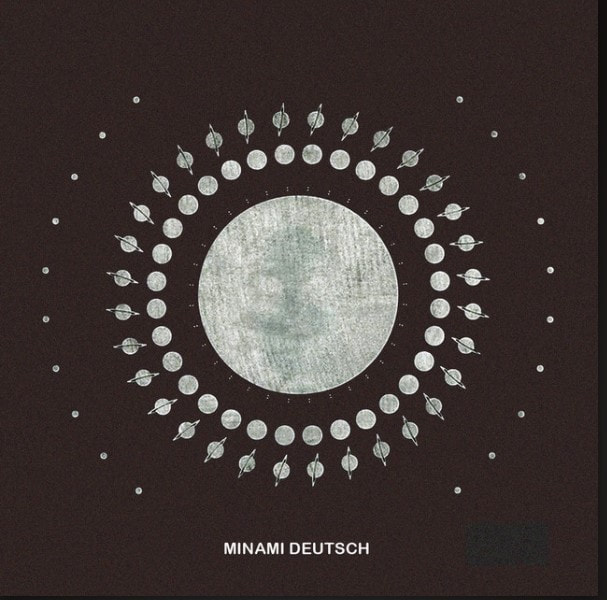
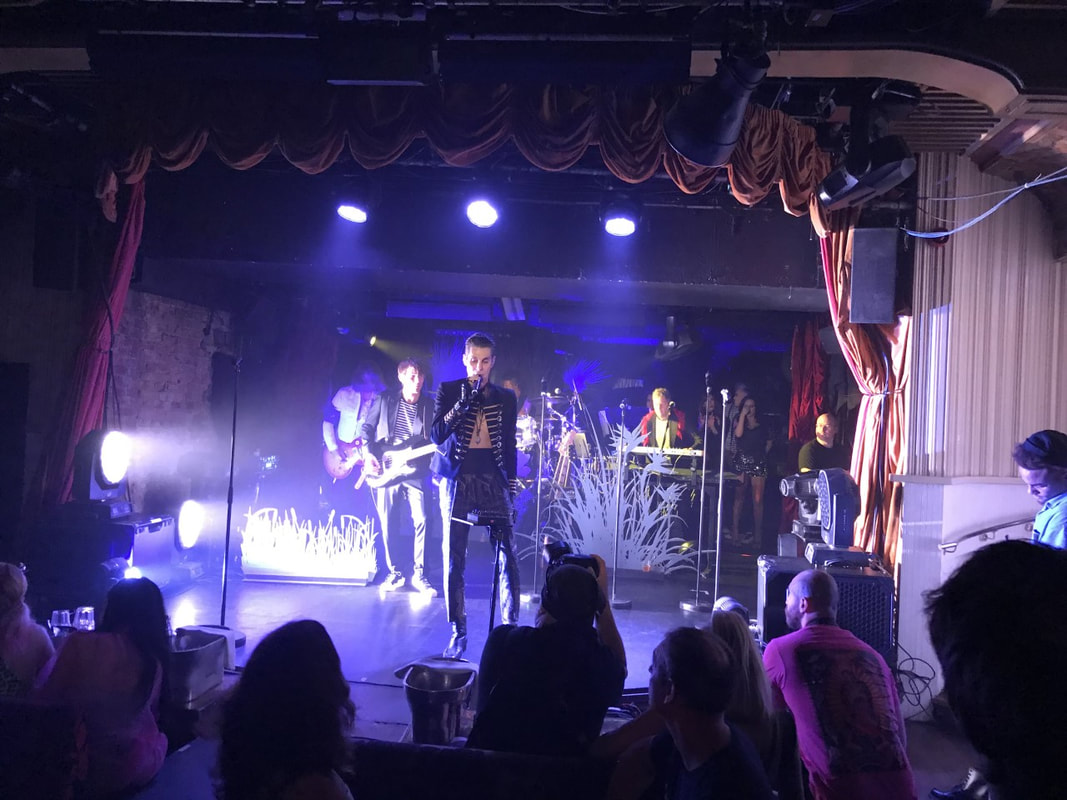
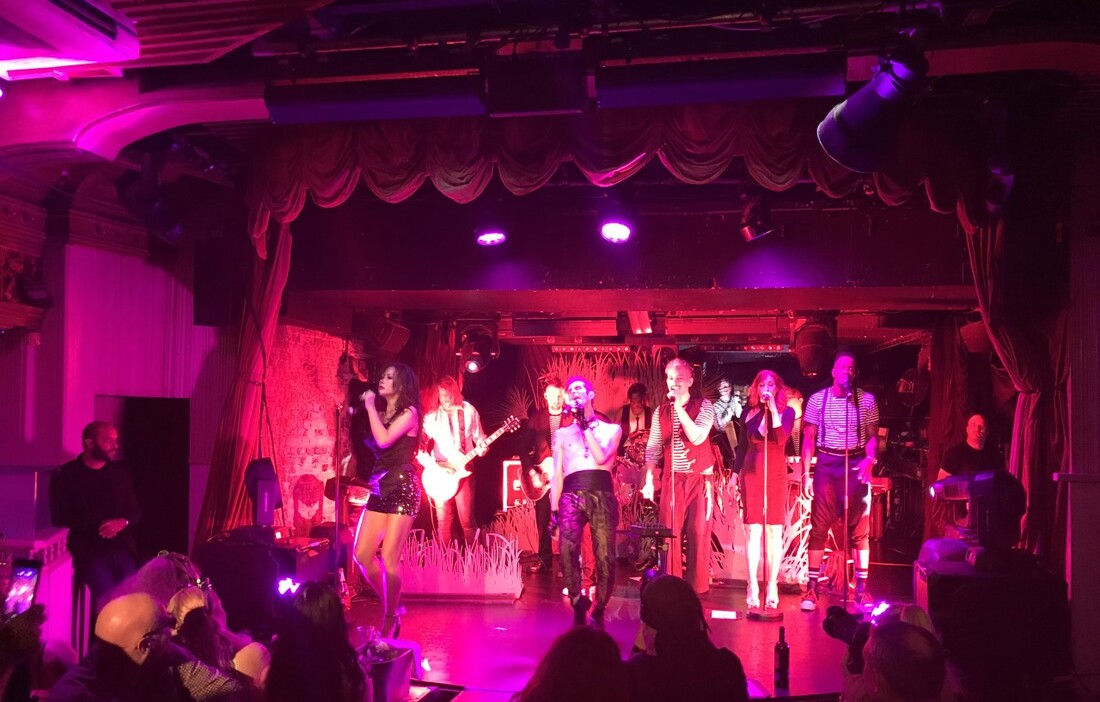
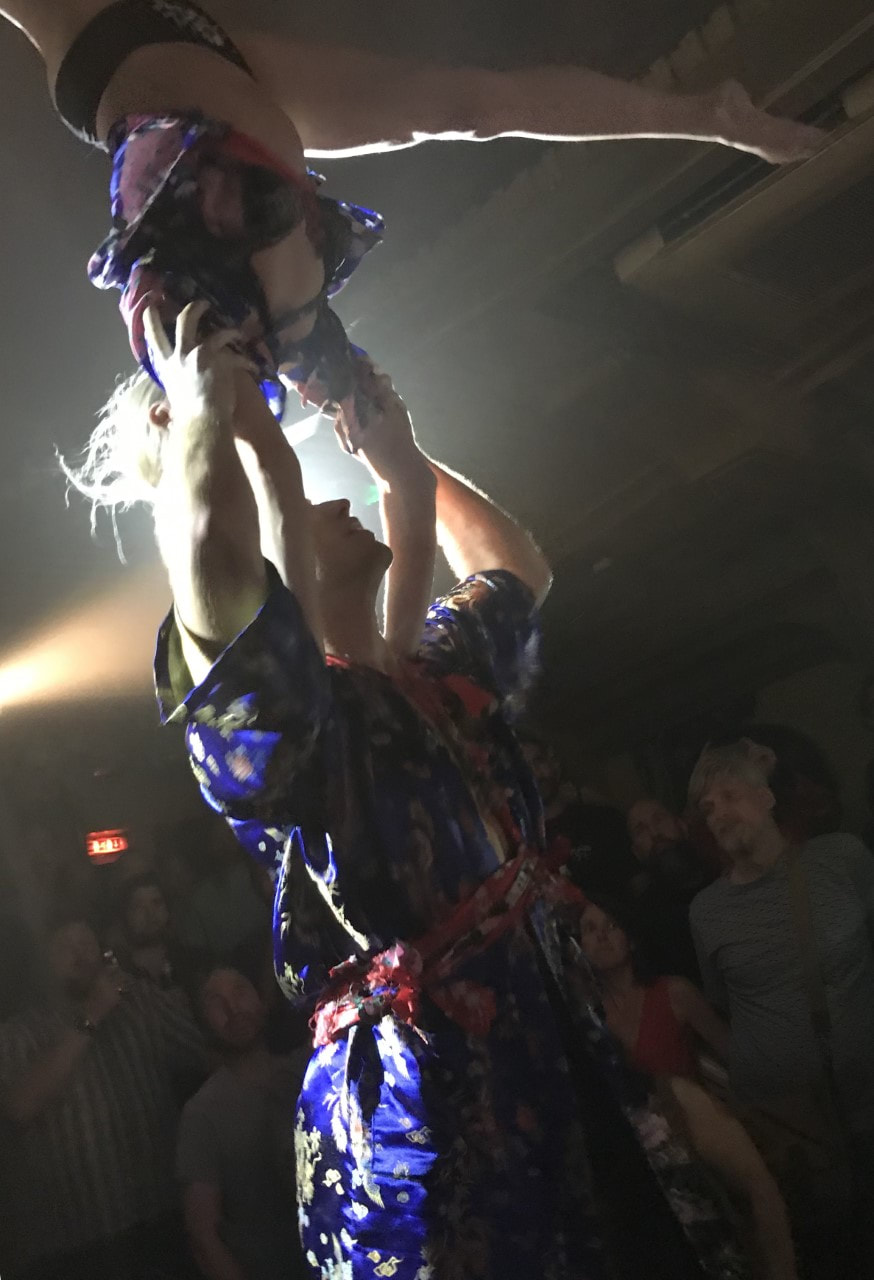
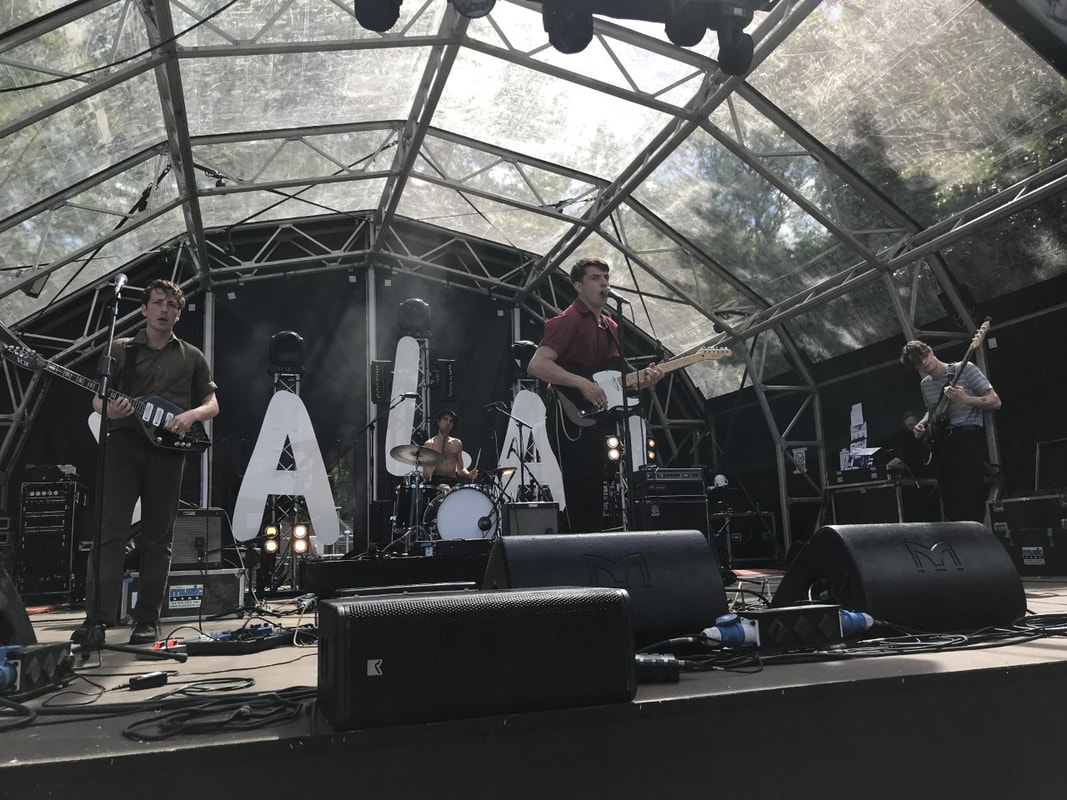
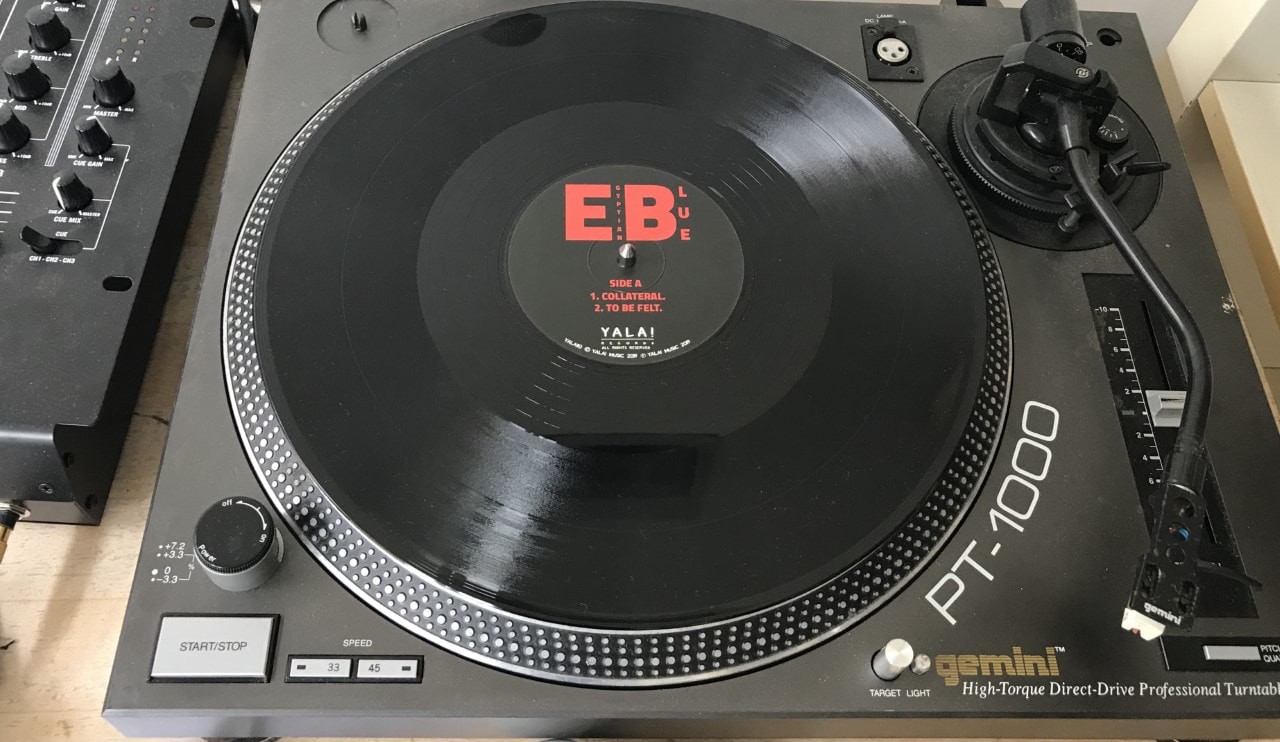

 RSS Feed
RSS Feed